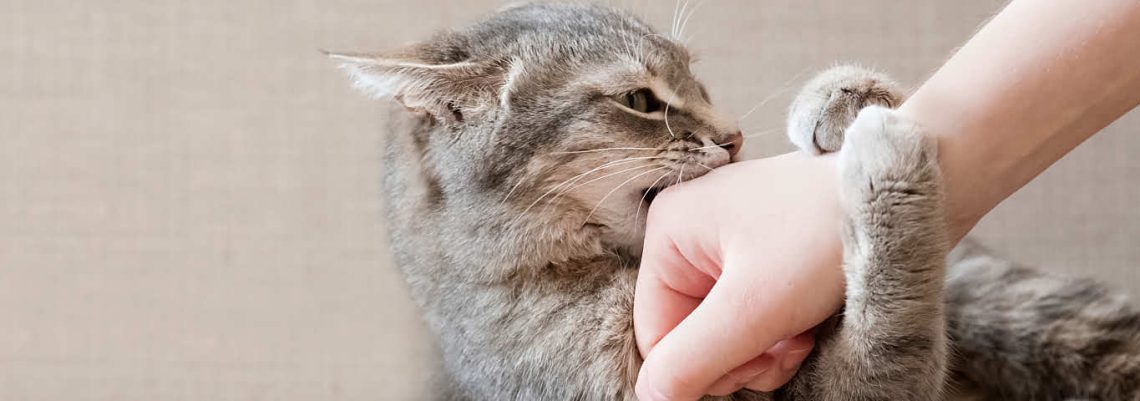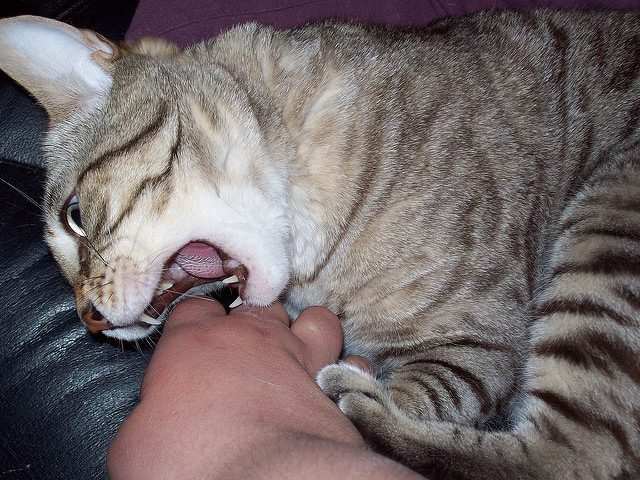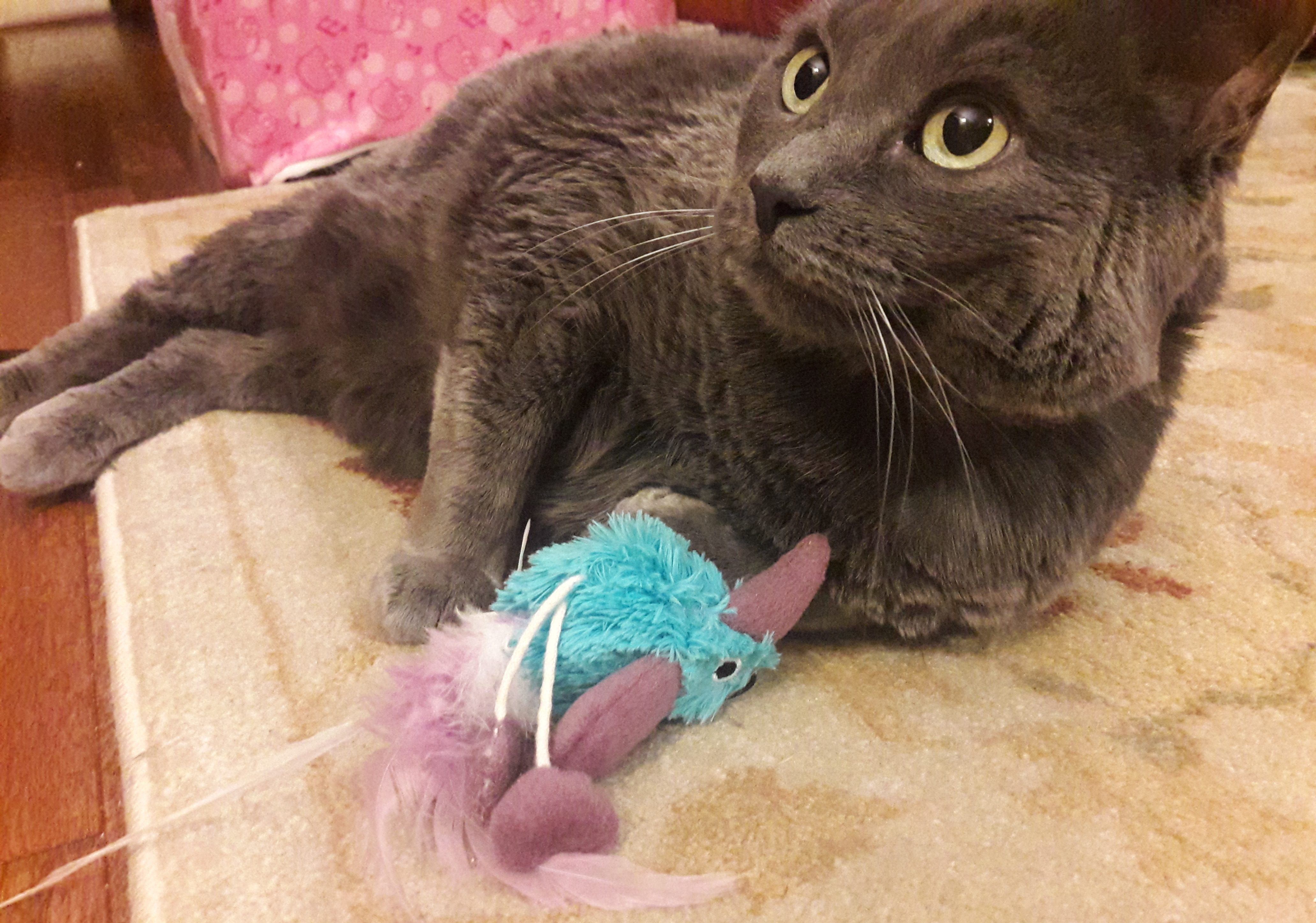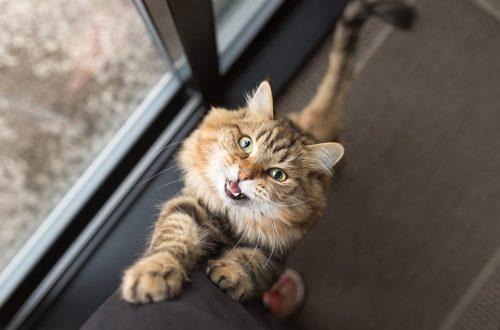
When does a cat’s aggression cross the line in play?
If you have a cat, you’ve probably witnessed her aggression more than once (and chances are you have scratches to prove it).
Cats love to attack their toys and even their friends, but because they are mysterious animals, their intentions during play are not always clear. All this is nothing more than fun and play until the cat oversteps the bounds and starts scratching and biting. Read on to find out how to detect cat aggression while playing and how to stop out of control mischief in time.
Signs of aggression

Aggressive games of cats are not limited to scratching and biting. Aggression, as the American Society for the Prevention of Cruelty to Animals (ASPCA) explains, is “threatening or dangerous behavior directed at a person, another cat, or other animals.” This type of behavior can be recognized by offensive or defensive postures, characteristic growls, kicks and slaps, ears flattened, back arched, paws or tail tense. You will know that the cat is ready for a full-scale attack when she draws the weapons in her arsenal – teeth and claws, to show how determined she is.
Playing aggression in cats can be caused by various reasons – from possessive instincts (in relation to a person or another cat or dog located on its territory) to redirected aggression (it is not able to attack the aggressor, therefore it vents evil on you). It is more than likely that her behavior during play is motivated by the natural hunting instincts of a predator. In that case, you are her victim! Cats are also great at hiding their health issues, and temporary bouts of aggression may simply be an instinctive defensive response to pain. If such attacks of aggression are not typical for your furry beauty, you can consult a veterinarian and schedule an examination to make sure that the cat is healthy.
Pampering should not be encouraged
Weaning an animal from aggressive play can be quite difficult, because cats are generally difficult to train, but there are ways to redirect their energy. Ideally, you should stop interacting with the cat as soon as it starts to show aggression, thereby showing it that such behavior is unacceptable. In order not to become a victim of your pet’s hunt, use her favorite toy, which she can attack instead of you. Take yourself completely out of the equation by tossing the toy across the room instead of holding it in your hand while you play (this move may help calm the animal, but it can also encourage more aggressive play).

Even if a cat bites your ankles, never yell at her. Punishment like this can damage the trusting relationship between you and even cause the animal to become even more aggressive towards you.
Instead, teach her positive ways to play that will reduce aggression, such as offering feather toys, balloons, and crumpled pieces of paper. If the cat continues to exhibit aggressive behavior, VCA Animal Hospitals recommends the use of noise deterrents, such as a can of compressed air for the most restless pets. The most important thing in them is the moment of application. “For a deterrent device to be effective, it must be used directly at the time of the aggressive behavior and for a well-timed time frame.” This means that during the game you must have such a device at hand. The wrong moment of use will reduce its effectiveness.
Aggressive games with other animals
If there are other pets in the house, you may notice your cat hitting or biting their furry companions. As a rule, such behavior indicates her natural desire to frolic. If you don’t see any of the typical signs of aggression, such as an arched back, hair standing on end, or hissing, then you can be sure it’s just a game. If it’s between a cat and a dog, it’s usually easy to tell from the dog if he enjoys the process, because then he’ll wag his tail or let the cat climb on him. Playing between two cats is a little trickier because one cat may be in the mood to play and the other is not at all enthusiastic about the idea. Accordingly, if the moods of the cats do not match, you should distract the one that is eager to play, or separate the two favorites to the sides in order to prevent the situation from aggravating.
Pets love to frolic. This is necessary for their development and providing the necessary physical activity. However, as with any child, the cat must be taught to recognize the line between play and aggressive behavior. With a little creativity and a lot of patience, you and your furry beauty can enjoy a game that’s scratch-free and full of fun!





